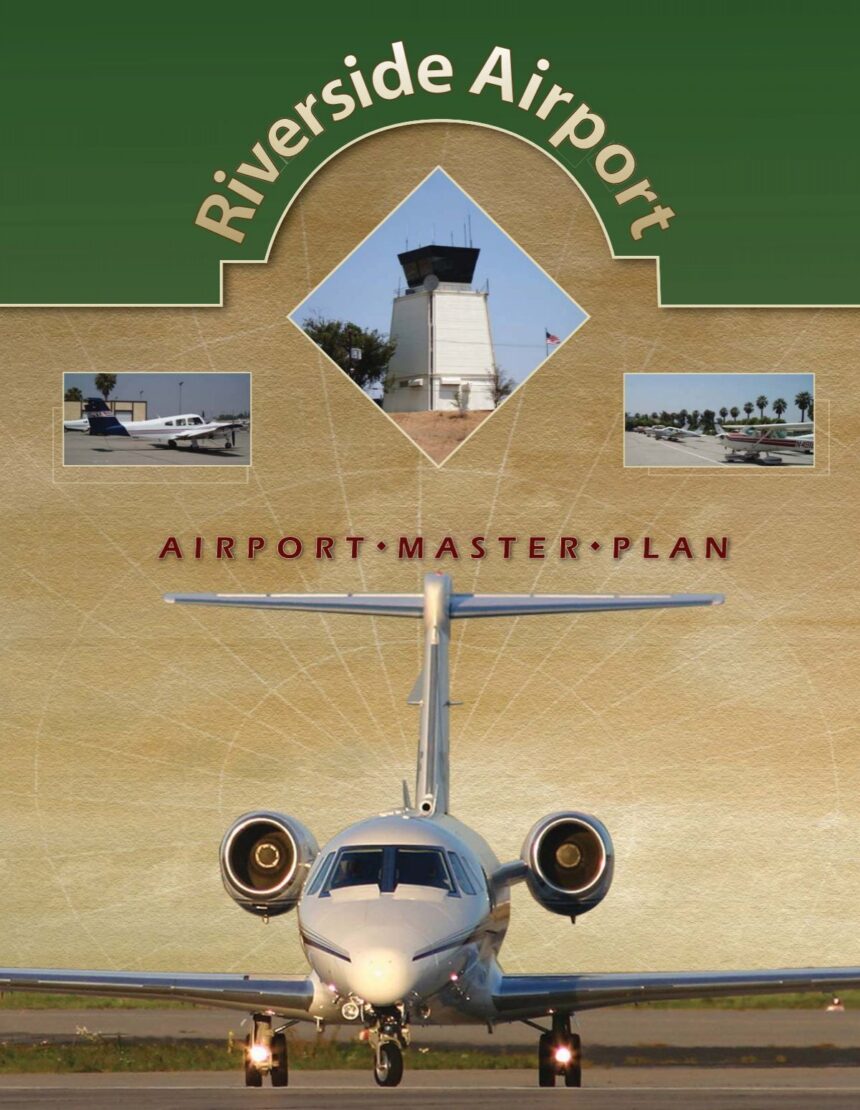Introduction to the Flight L67 Emergency
Emergency situations in aviation can be terrifying. When Delta Flight DL67 faced an unexpected crisis, passengers and crew found themselves grappling with uncertainty. What went wrong? Who is to blame? These questions linger long after the incident fades from headlines.
Understanding the dynamics of flight emergencies is crucial for both airline safety and passenger peace of mind. This blog will delve into who bears responsibility during such critical moments, starting from the cockpit to air traffic control towers, and what measures are being taken to prevent similar occurrences in the future. Join us as we navigate through this complex topic that affects everyone involved in air travel.
The Role of the Pilot in an Emergency Situation
Pilots are the first line of defense during emergencies. Their training prepares them for a range of scenarios, from mechanical failures to severe weather conditions.
In critical moments, pilots rely on their skills and instincts. They must assess situations quickly and make decisive choices that prioritize passenger safety above all else.
Communication plays a vital role as well. Pilots interact with cabin crew to ensure everyone is aware of protocols. Clear instructions help maintain calm among passengers during stressful times.
Their ability to stay focused under pressure is essential. Each second counts when managing an emergency scenario, requiring unwavering concentration and precise execution of procedures.
Moreover, pilots often undergo regular simulations that mimic real-life emergencies. This hands-on experience sharpens their response time and enhances decision-making capabilities in actual crises.
Airline Company Responsibilities
Airline companies shoulder significant responsibilities, especially during emergencies. They are tasked with ensuring the safety and comfort of their passengers. This involves rigorous training for all staff members, from pilots to ground crew.
When an emergency arises, airlines must provide immediate support for affected passengers. This includes clear communication about flight status and any necessary rebooking options. Transparency is crucial in maintaining trust.
Moreover, airlines are required to adhere to strict regulatory standards set by aviation authorities. These regulations govern everything from aircraft maintenance protocols to emergency response plans.
In addition to these obligations, they also need robust risk management strategies in place. By anticipating potential issues and preparing accordingly, airlines can mitigate risks that could lead to future emergencies like the delta flight DL67 incident.
Air Traffic Control’s Role in Flight Emergencies
Air Traffic Control (ATC) plays a crucial role during flight emergencies. When an incident occurs, controllers are the first line of communication for pilots. They provide essential support and guidance.
ATC monitors air traffic to ensure safety in real time. During an emergency, they assess available options for landing or diversion. Controllers quickly coordinate with nearby airports to find a safe haven.
Communication is vital in these moments. ATC relays updates to the ground and keeps other aircraft informed about the situation. This helps prevent additional incidents in crowded airspace.
Their expertise can be lifesaving, as they manage multiple factors simultaneously: weather conditions, runway availability, and even emergency services readiness on the ground.
The collaborative effort between pilots and ATC demonstrates how teamwork enhances safety during crises. No one entity operates alone; it’s a network designed to protect lives at all costs.
Investigating the Cause of Flight L67 Emergency
The investigation into the delta flight DL67 emergency began almost immediately after the incident. Authorities prioritized gathering all relevant data. This included cockpit voice recordings, maintenance logs, and eyewitness accounts from passengers.
Experts were called in to analyze technical failures or human errors that could have contributed to the situation. Each detail counts; even minor discrepancies can lead to significant insights.
Additionally, examining environmental factors played a crucial role. Weather conditions at the time of departure were scrutinized closely for any anomalies that might have impacted the flight’s operations.
Regulatory bodies also joined forces with airline safety teams to conduct thorough examinations. The goal was clear: identify root causes and prevent future occurrences while ensuring passenger safety remains paramount in every aspect of air travel.
Preventing Future Flight Emergencies
Preventing future flight emergencies requires a comprehensive approach. Airlines must invest in advanced training for pilots and crew members. Simulated emergency scenarios can sharpen decision-making skills under pressure.
Technology also plays a crucial role. Upgrading aircraft systems enhances safety features that detect potential issues before they escalate. Regular maintenance checks are vital to ensuring all equipment operates smoothly.
Collaboration between airlines, manufacturers, and regulatory bodies is essential. Sharing data on incidents helps identify trends and develop proactive measures.
Moreover, passenger education cannot be overlooked. Informing travelers about safety procedures can foster a culture of awareness onboard flights.
Implementing robust feedback mechanisms allows the aviation industry to learn from past mistakes and continuously improve protocols for handling emergencies effectively.
Conclusion: Holding Responsible Parties Accountable
The recent emergency involving Delta flight DL67 has raised critical questions about accountability in aviation. Each party involved, from the pilots to the airline company and air traffic control, plays a vital role in ensuring passenger safety.
It’s essential that each aspect of the incident is thoroughly examined. This includes understanding how decisions were made during the crisis and what protocols were followed or overlooked. Holding responsible parties accountable not only affects those directly involved but also sets a precedent for future flight safety standards.
Accountability fosters transparency within the industry, encouraging improvements where necessary. As investigations continue, it will be crucial to address any shortcomings identified so that travelers can feel secure on every flight they take.
Everyone—from airline executives to frontline personnel—shares a duty of care toward passengers. By learning from emergencies like Delta flight DL67, we can strive for safer skies together.




